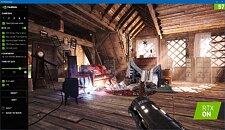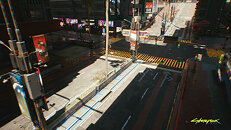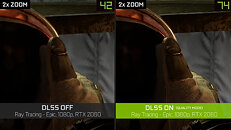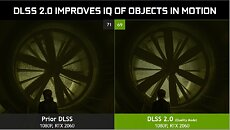
NVIDIA Announces Latest Batch of DLSS-Enabled Games
Every week, we bring you news of the latest DLSS and ray tracing integrations in games and apps. This week, Jagged Alliance 3 and Testament: The Order of High Human launch with support for DLSS 2; SlavicPunk: Oldtimer and DESORDRE: A Puzzle Game Adventure are available now with DLSS 2, and Dying Light 2 Stay Human's Good Night, Good Luck update is available with DLSS 3. To cap it all off, Blizzard has announced the details of Diablo IV's Season of the Malignant! Read on to learn more.
Diablo IV: Season of the Malignant Starts July 20th
Get ready to continue your journey through Sanctuary in Diablo IV with Season of the Malignant on July 20th. A new form of Lilith's corruption has spread throughout Sanctuary, creating Malignant Monsters and opportunities for players to create powerful new builds. Partner with Cormond, a former priest of the Cathedral of Light, in a new questline to stop the spread of these Malignant Monsters, collect new items and earn rewards.
Diablo IV: Season of the Malignant Starts July 20th
Get ready to continue your journey through Sanctuary in Diablo IV with Season of the Malignant on July 20th. A new form of Lilith's corruption has spread throughout Sanctuary, creating Malignant Monsters and opportunities for players to create powerful new builds. Partner with Cormond, a former priest of the Cathedral of Light, in a new questline to stop the spread of these Malignant Monsters, collect new items and earn rewards.





































